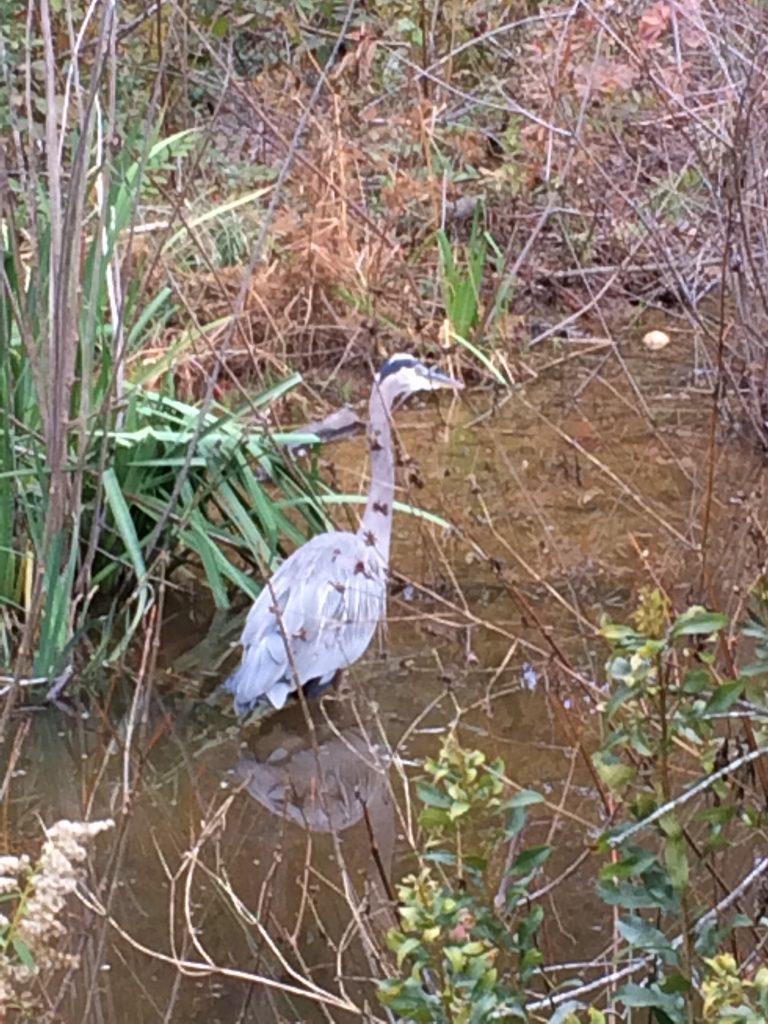Finding Wonder in Nature
By Shelly Lyons, Resource Teacher

What is more “Montessori” than being outside, observing nature mindfully? I’ve had the wonderful opportunity to share many experiences doing just this over the past semester with my after school class, Mindful Nature Explorers.
I have walked all over campus with my five Lower Elementary students exploring areas we rarely get to see up close. We went into the woods on the Greene property, inside the fences bordering the ponds, behind buildings and onto Primary and Toddler playgrounds to look at the trees, search for wildlife and just see what we could see.
I urged the students to follow their curiosity, which wasn’t hard to do. One found a leaf with strange lumps on it which we learned were galls. Another noticed the sap on the bark of a dawn redwood actually looks red, almost like our blood! Two students noticed strange stuff growing on the railings of the bridge to the pond which turns out to be lichen. We figured out the names of lots of trees and plants and why leaves change colors in the fall.
Each student picked a favorite tree on campus to learn about and then observed it every other week. They recorded their observations to become aware of how trees change over time. We spent time being quiet outside, sitting in the sunshine, writing, observing and making leaf and bark rubbings one warm afternoon. But the most exciting day was November 21.

We were outside visiting our trees and recording our observations when we noticed a very interesting visitor at the pond by the elementary playground, a great blue heron! Everyone was so excited about it, we spent the rest of our class time camped out by the pond. We pulled out binoculars and bird ID books to learn as much as we could about the bird.
Students took out their notebooks and pencils to write down their observations. A couple of students spent time drawing the bird, too. Everyone was so pleased to have such an elegant creature spending time at our pond! The following class meeting, we were disappointed our bird friend wasn’t here. Eager to learn more, we spent some time on the Cornell Lab website where we saw lots of great pictures and videos of herons.
The most spectacular video showed a heron stalking its prey for several minutes and then catching and eating it. We were shocked and amazed to see it was a squirrel! It took the bird some time to get the squirrel positioned in its beak just right and then gulp, it swallowed it whole, just like a snake would! Great blue herons also eat frogs, fish, insects, small birds, reptiles and small mammals. How wonderful to spend our days on a campus that is home to such a diversity of animals and plants!
I hope you can spend time mindfully enjoying nature soon, too!
